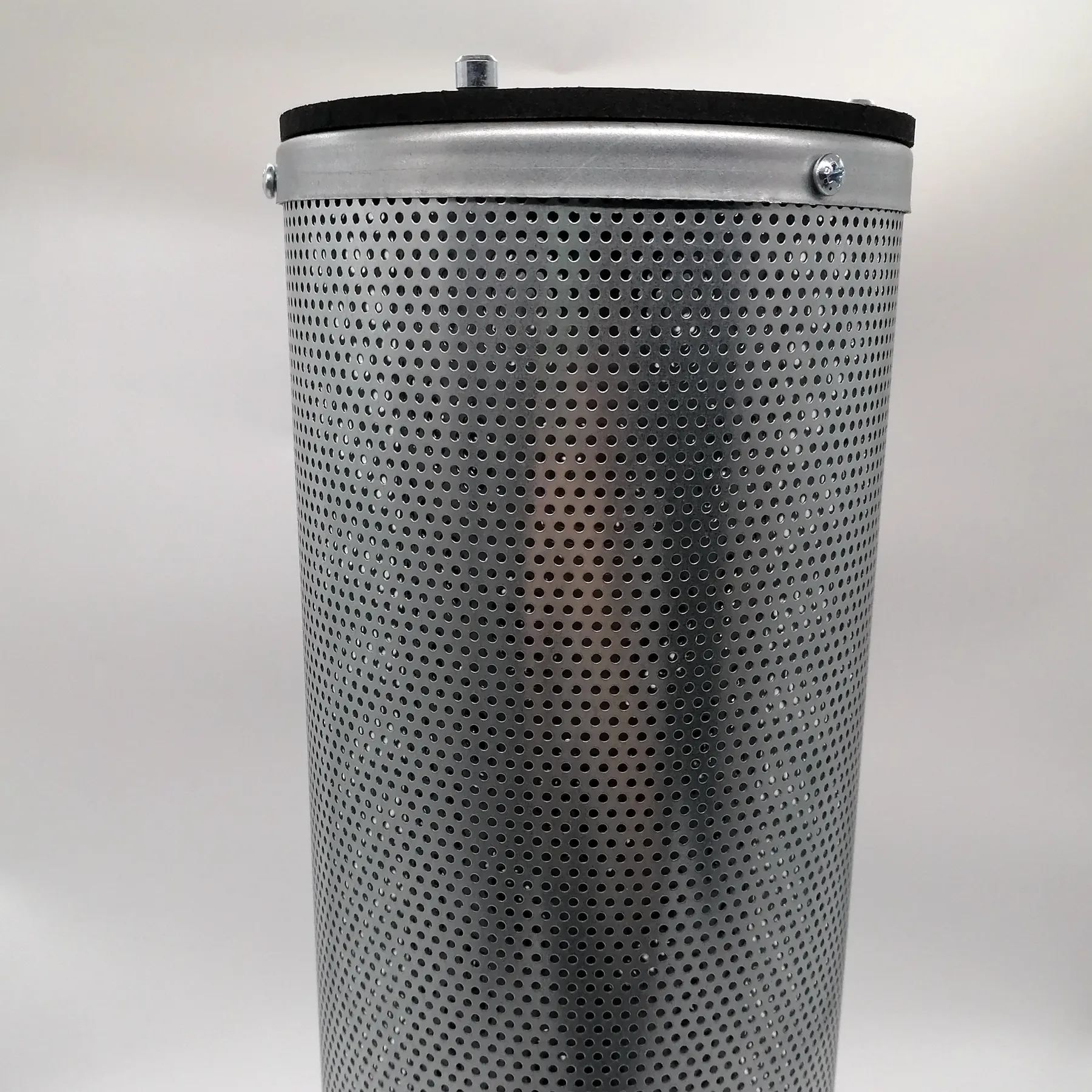 Tel:
+8618931101301
Tel:
+8618931101301
Dic . 16, 2024 06:55 Back to list
anti static filter cartridge
Understanding Anti-Static Filter Cartridges
In an era where the quality of air and operational efficiency are paramount across various industries, anti-static filter cartridges have emerged as essential components in filtration systems. These specialized filters are not just about removing particulate matter from the air; they play a significant role in preventing static electricity buildup, which can lead to a multitude of issues in numerous applications.
What Are Anti-Static Filter Cartridges?
Anti-static filter cartridges are specifically designed filtration units equipped with materials that dissipate static electricity. They are commonly used in environments where dust and other fine particles pose a risk, such as in semiconductor manufacturing, pharmaceutical production, and food processing. The presence of static electricity in these environments can lead to equipment malfunction, exploding dust clouds, product contamination, and even fire hazards.
These cartridges are designed to filter out particles while simultaneously reducing static accumulation. They typically employ conductive or static-dissipative materials that effectively neutralize any electrostatic charges. This is not only crucial for maintaining a safe working environment but also for ensuring the integrity and reliability of the products being manufactured.
Importance in Industrial Applications
1. Safety The primary advantage of using anti-static filter cartridges is safety. In industries that handle combustible dust, static electricity can ignite dust clouds, leading to potentially catastrophic explosions. By neutralizing static charges, these cartridges help mitigate this risk.
2. Product Quality In sectors like pharmaceuticals and electronics, product quality is critical. Contaminants introduced by static charges can lead to defects in products. Anti-static filters help maintain a high level of cleanliness, ensuring that the final products meet rigorous quality standards.
3. Equipment Longevity Static electricity can cause significant wear and tear on machinery. Frequent electrical discharges can damage sensitive components, leading to increased downtime and repair costs. By reducing static buildup, anti-static filter cartridges extend the lifespan of equipment, thus saving costs in the long run.
anti static filter cartridge

4. Energy Efficiency When dust accumulates in the filtration system, it can lead to inefficient airflow and increased energy consumption. Anti-static filter cartridges, by preventing the accumulation of both dust and static charges, help maintain optimal airflow, boosting the overall energy efficiency of the system.
Key Features to Look For
When selecting anti-static filter cartridges, several features should be considered
- Material Composition The filter media should be composed of anti-static materials that ensure effective filtration while dissipating static charges.
- Filtration Efficiency Filters should meet industry standards for particulate capture, often denoted by their efficiency rating (e.g., HEPA or ULPA).
- Durability Filters must withstand the operational conditions within the environment, including humidity, temperature, and exposure to various chemicals.
- Maintenance Ease Look for cartridges that are easy to replace and maintain to minimize operational disruptions.
Conclusion
Anti-static filter cartridges are a vital component in modern industrial applications. Their ability to filter particles while controlling static electricity makes them indispensable in ensuring safety, product quality, and equipment efficiency. As industries continue to prioritize safety and operational efficiency, investing in high-quality anti-static filters will be integral to achieving these goals. Ultimately, choosing the right anti-static filter cartridge can lead to enhanced workplace safety, better product outcomes, and prolonged equipment reliability, making it a wise investment for any industry concerned with air quality and operational integrity.
-
The truth about washable filters: Does repeated use really not affect efficiency?NewsJun.25,2025
-
Effect of humidity on the performance of activated carbon filter elementsNewsJun.24,2025
-
Material selection considerations for dust removal filter elements under high temperature conditionsNewsJun.23,2025
-
Cold knowledge of air filters: Why are some designed to be pleated?NewsJun.16,2025
-
Factory direct supply! High-precision air filter element wholesale and customizationNewsJun.12,2025
-
A complete analysis of the practical value of activated carbon filtersNewsJun.10,2025

 Email:
Email:





